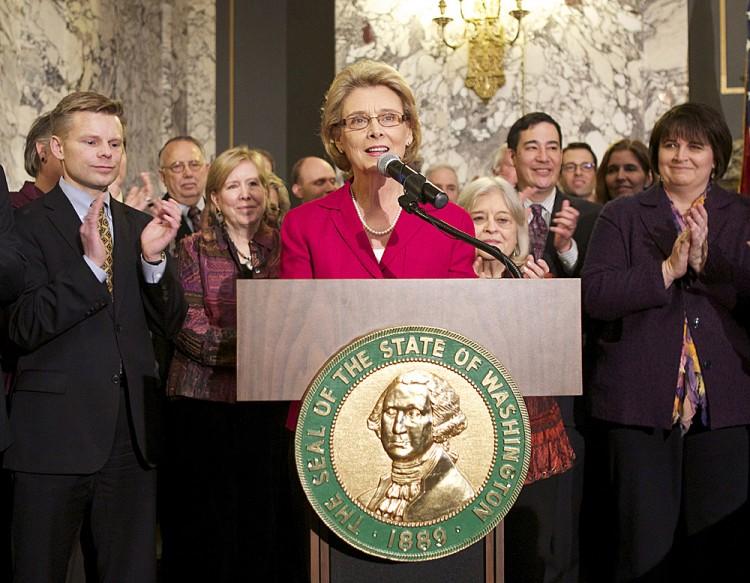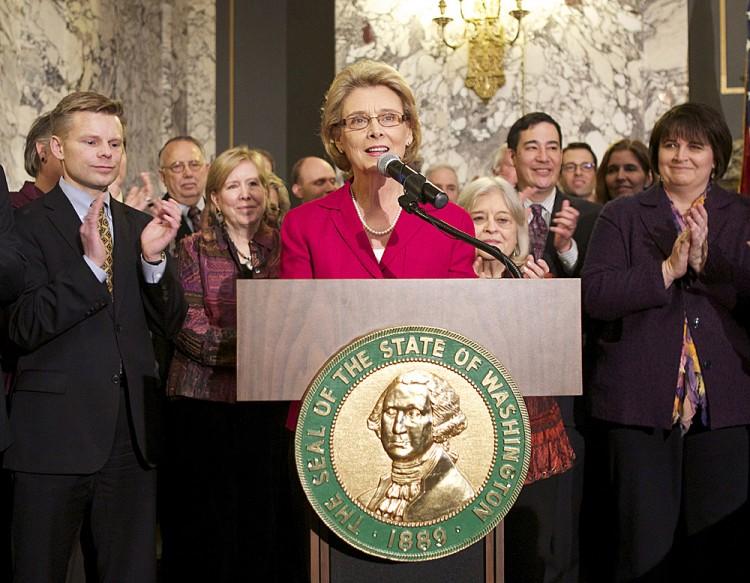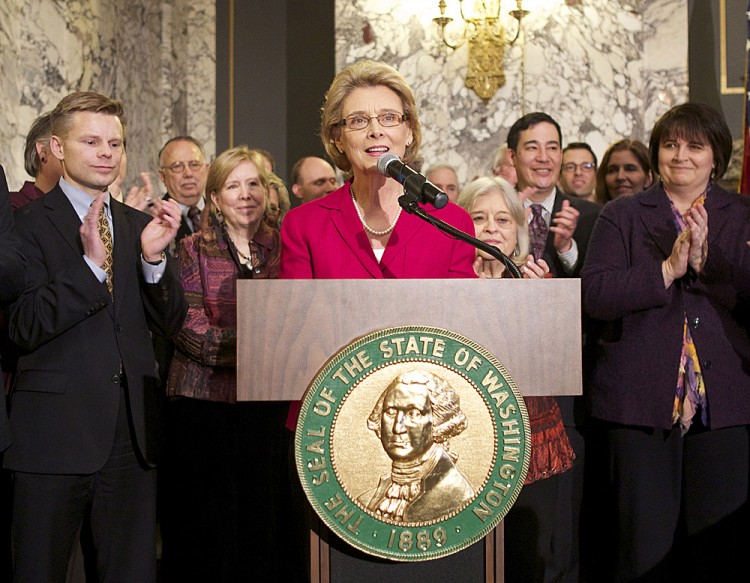In a move to address educational needs in the state, Washington Gov. Christine Gregoire last month signed a bill creating the Student Achievement Council. The new office assumes many responsibilities formerly held by the Higher Education Coordinating Board (HECB), some of which include providing policy analysis and administering financial aid for Washington’s higher education.
One of the new tasks charged to the Student Achievement Council is to monitor the success of K-12 student transition to higher education.
According to Robert Burdick, director of public relations at HECB, “The goals are more focused on seamless student success from K-12 through higher education. We’re seeing a whole level of activity on many fronts for creating more effective transitions to college.”
Burdick also stresses the importance of planning continuity, “We’re focusing on strategic planning and monitoring accountability. Accountability is a major component for the Student Achievement Council taking the lead role.”
With the creation of the new council, the attempt at planning is apparent, but the accountability component seems harder to solve considering the country’s recession.
According to a press release on the HECB’s website, Washington is 9,000 degrees short of being on track to its 2008 goal of producing 39,000 bachelor’s degrees. Exactly why the goal has fallen short is a major concern, and one difficult to manage.
Aims McGuinness, a senior associate for the National Center for Higher Education Management Systems, recently offered his input at Washington state House Committee meeting on higher education: “These entities [like the Student Achievement Council] must hold the system accountable for achieving those goals.”
As to why many states are not meeting their goals, McGuinness says, “What’s happening around the country is, when state budgets go down, tuition is going through the roof.
“You have incredibly difficult problems with no money,” McGuinness continued. “So the focus is how to keep states focused on long-term goals and then work on the kind of strategies to achieve those goals in an incredibly difficult financial circumstance.”
The HECB formerly consisted of 10 governor-appointed citizen-members. The Student Achievement Council, however, will consist of nine members, a composition that includes five public members, including one college student.
The four other positions will be comprised of one member from each educational sector: one representing the four-year institutions, one for community colleges, one representing independent colleges, and a K-12 sector appointee for the state’s superintendent office.
Many current HECB staff will also be transferring to the new agency.
Another main objective of the Student Achievement Council is to find a way to get financial aid money into the hands of the students who need it in order to continue their education, says Burdick. “The dilemma that faces the state is made by the legislature: how to provide more funding. We try to figure out how to not cut funding for higher education further.”
According to a “Key Facts” document on the HECB website, in the 1960s and ‘70s, the state paid more than 90 percent of students’ instructional costs; from 1980 to 2008, the amount was 65 percent.
Today, the state pays on average about 35 percent.
The state has a higher tuition rate than that of the national average, while state funding for education falls below the average. Washington ranks 36th in advanced degrees issued per 1,000 qualified individuals age 20 to 34.
Tuition Costs
The document also reports that Washington’s price of tuition has risen nearly 100 percent since 2001.
Conversely, New York has an annual tuition rate that falls below the national average, while issuing higher-than-average state appropriations. According to the HECB document, New York also issues the third-highest rate of degree completion per 1,000 qualified individuals.
These numbers seem to suggest that reduced tuition and increased state funding yields more graduates, while the opposite seems to imply that more expensive tuition with less public funding leads to less collegiate completion.
Despite the averages for New York, the United States on the whole appears to be lagging behind the rest of the world in terms of its advanced degree production.
In 2011, Organization for Economic Co-operation and Development (OECD) published a report documenting the rates of educational attainment for countries throughout the world.
According to the report, the U.S. rate of growth for individuals who have attained degrees has slowed to 1.4 percent—the lowest among the 34 OECD eligible countries. The country’s rate of public funding also came in at the sixth-lowest of the OECD’s collection.
All this despite possessing a GDP per capita that ranks among the world’s highest.
“The state will have to reinvest in services to serve the students,” says Burdick. “Our job is to help the state focus on the big picture to ensure they have the information to make well-informed decisions on long-term planning issues.”






